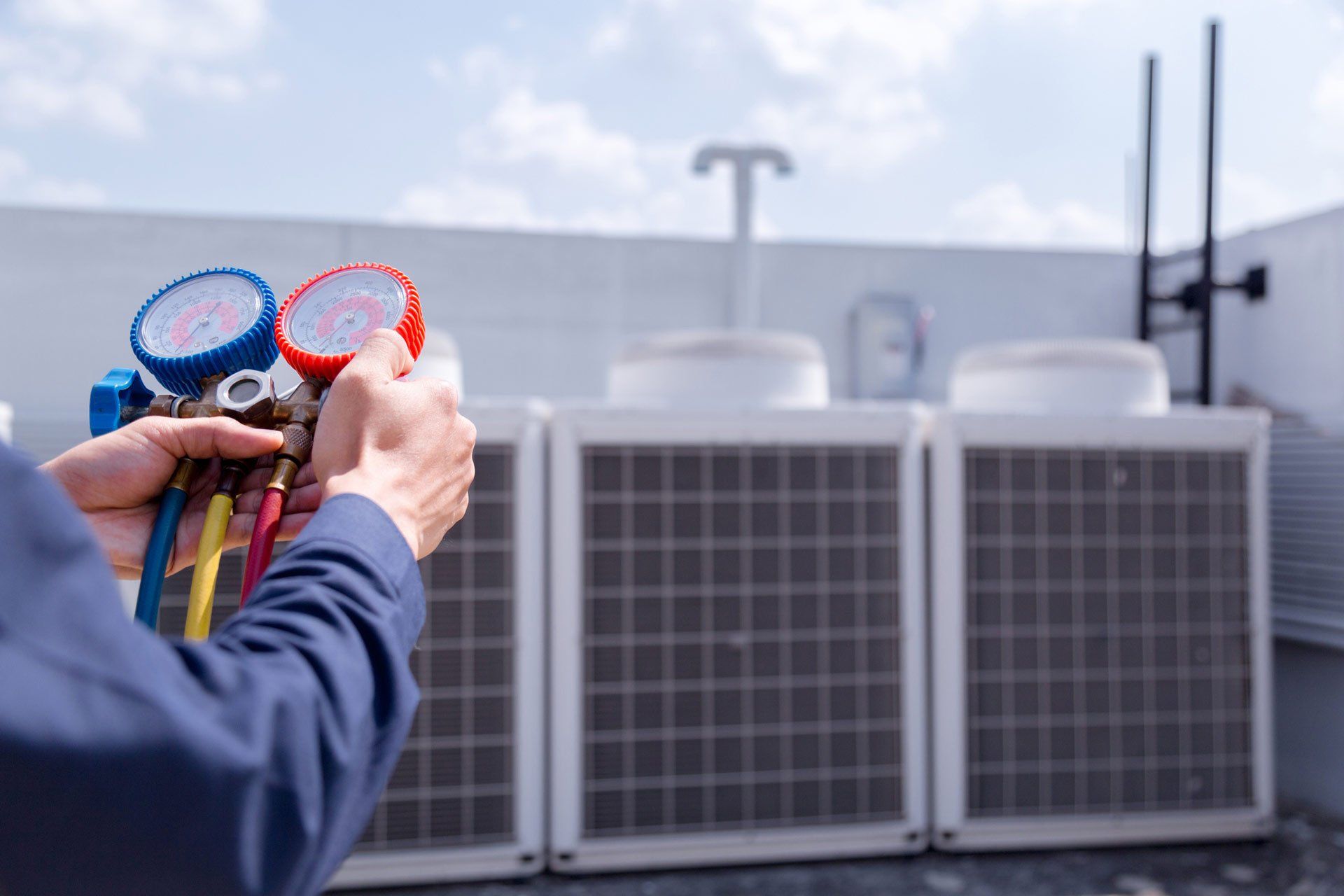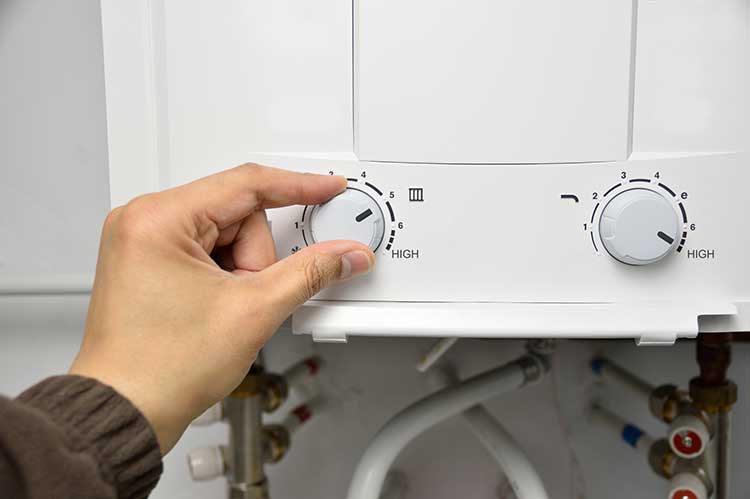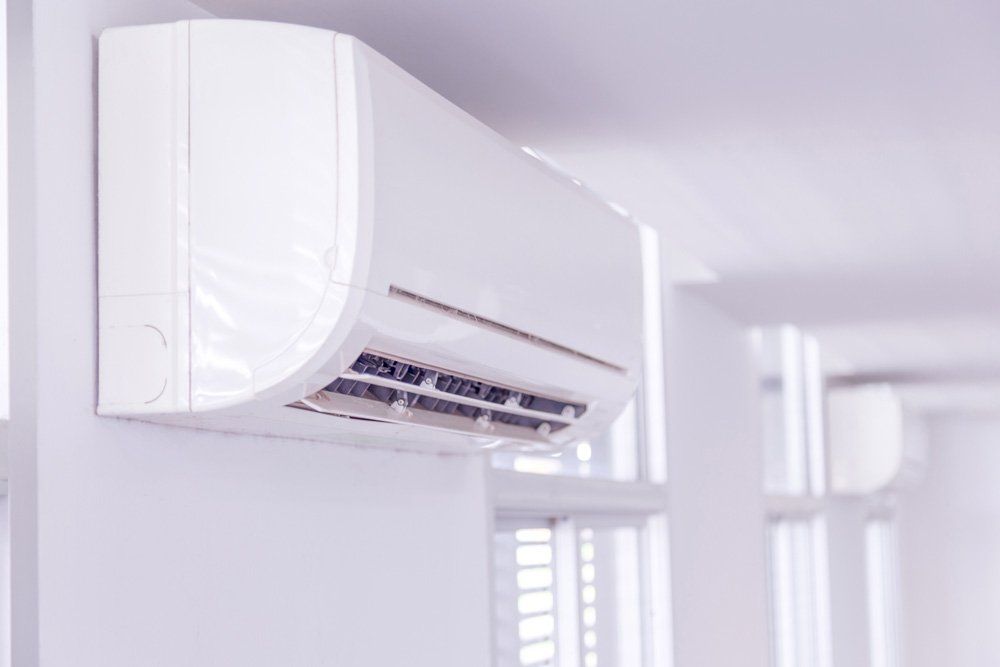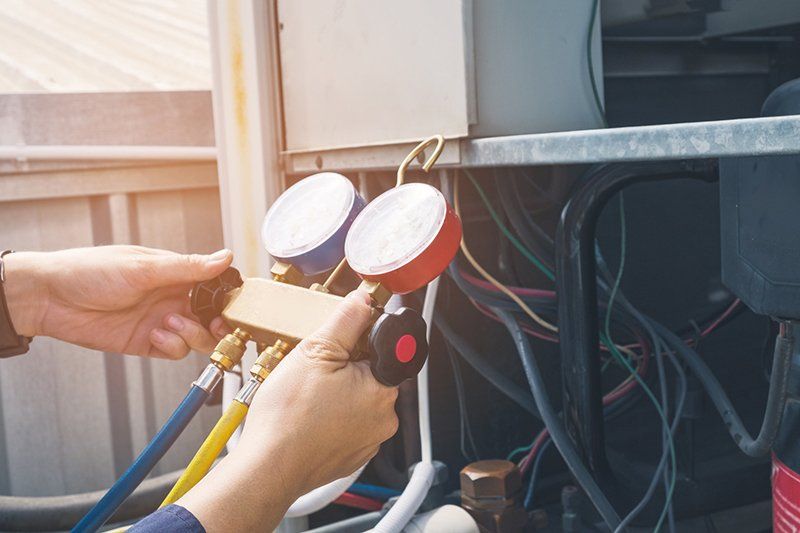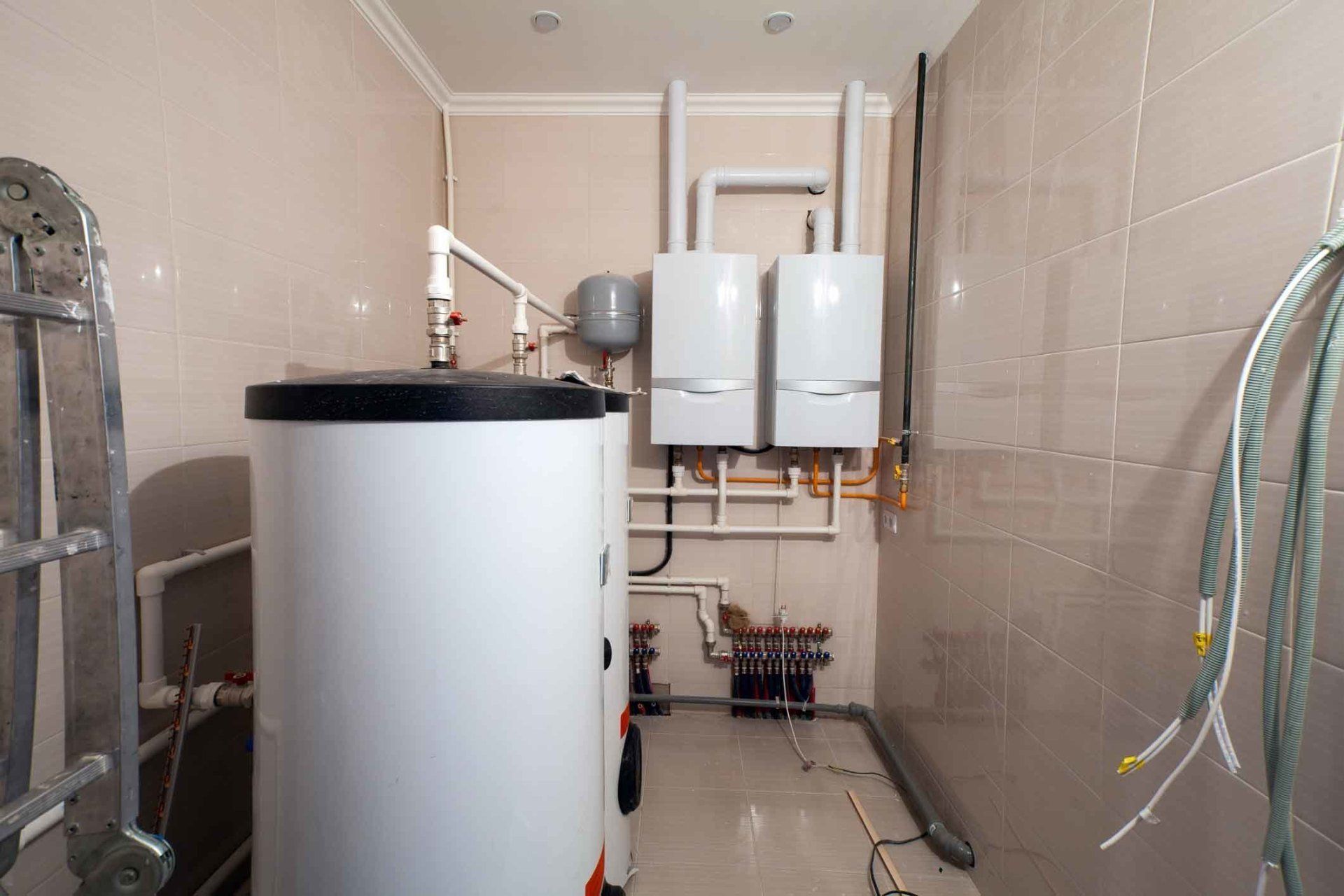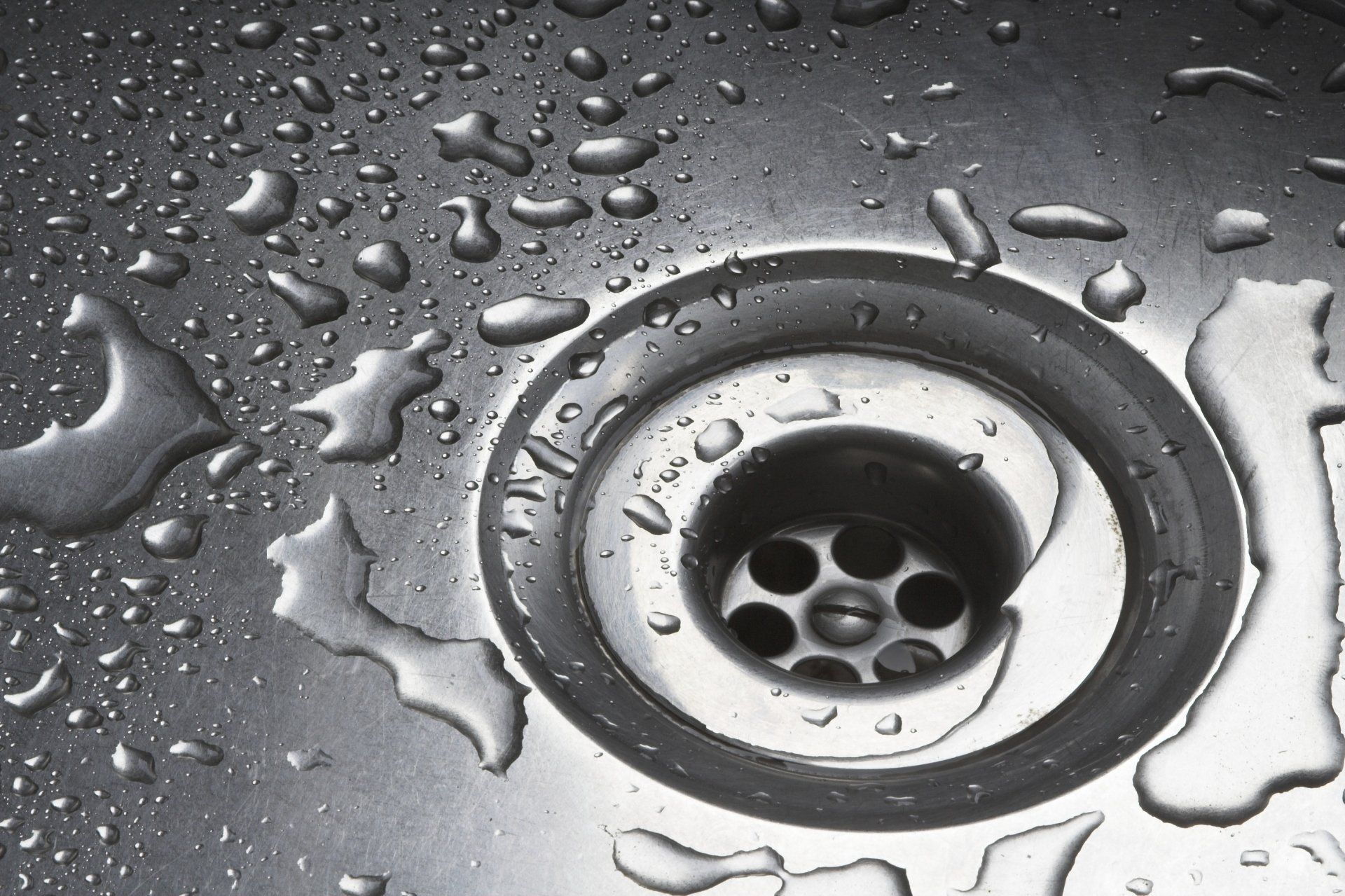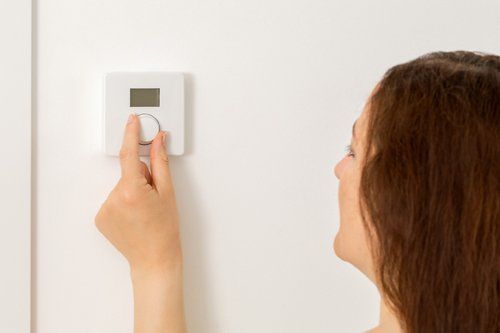If you're not sure how much of an impact your air filter has on the safety of your home's interior space, learn more about HVAC filters.
Fully Licensed (#325110)
Blog Post
2 Ways Trees Can Damage Your HVAC And Plumbing Systems
- By Admin
- •
- 25 Feb, 2019
- •
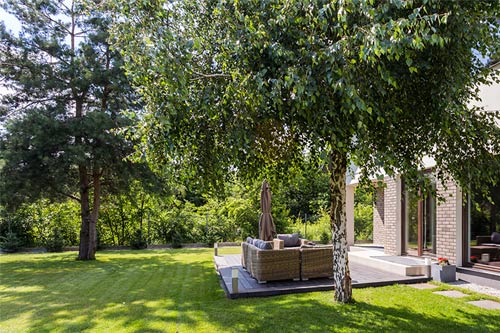
Tall, mature trees can frame your home and yard in a beautiful way, adding shade and character to your property. Unfortunately, the same gorgeous arbors that make your space feel special can also damage a variety of home components, including your plumbing and HVAC systems. Here are two ways trees can cause problems for your home and how you can prevent these issues.
1. Interfering With Underground Drain Lines
As trees grow, their roots instinctively search for sources of water and nutrients, which is why they are often attracted to underground water and sewer lines. Over time, even the most durable plumbing networks can develop pinhole leaks, joinery problems, or small cracks, contributing to seepage that can attract and feed tree roots.
Since tree roots are very fine at the end, they can burrow their way into these cracks and crevices to gain access to the moisture, growing larger as they continue to spread out. Over time, tree roots can even create areas inside of drain pipes where debris can become stuck, contributing to slow drains indoors and even sewage backups.
Fortunately, professional plumbers can use special roto-rooting tools to eliminate tree roots that have grown within your lines. These special mechanical tools can be snaked through drains and turned on to quickly break apart tree roots, allowing water and sewage to flow freely again.
While professional plumbing services can be effective, prevention is one of the best ways to prevent plumbing issues. In addition to planting trees at least 10 feet away from your sewer lateral, consider asking your landscaping team to place underground physical or chemical root barriers to keep tree roots from wandering into dangerous places.
Physical root barriers can either be flexible underground sheets that are designed to limit root growth or rigid plastic or metal grates that create underground containment fields for trees. Chemical root barriers commonly contain ingredients like cupric carbonate or trifluralin, which are selective herbicides that inhibit root growth.
2. Causing Debris To Fall Into Your Air Conditioner
While it is true that trees can provide shade for your air conditioner, thus improving the efficiency of your system, trees can also be a big source of physical debris that could damage your outdoor system. If dead leaves, branches, or even small twigs fall into the grates of your air conditioning unit, this debris can nick or bind the fan blades, creating a drag that consumes extra power.
Additionally, since air conditioners expel hot, dry air outdoors, they can also dry out trees that are too close, contributing to fire hazards that could damage your air conditioner or entire home. Fortunately, you can prevent these kinds of issues by planting trees far enough away from your system.
As a general rule of thumb, you should keep all plants at least 2 to 3 feet away from the sides of your air conditioner, and plants like trees that have foliage that could hang over the air conditioner should be at least 5 feet from the top of your system.
You should also trim nearby trees regularly to keep falling debris to an absolute minimum. In addition to having dead or diseased branches promptly removed, rake fallen leaves right away to keep them from being sucked into your system. If you notice debris inside of your air conditioner well, have a professional HVAC technician inspect your system for damage and clean out the interior.
If you have problems with either your plumbing system or your HVAC units, our team is ready to help. Here at Action Heating & Plumbing, we offer emergency and same-day services for furnaces, air conditioners, water heaters, underground sewer lines, and indoor plumbing issues. Contact us as soon as possible if you notice any changes in your plumbing or HVAC system.
Share
Tweet
Share
Mail
ADDRESS
Action Plumbing & Heating Maintenance
55 Mountain View Ave.
Santa Rosa, CA 95407
Phone:
707-584-0714
Email:
dalecrane@sbcglobal.net
24-Hour Emergency Service
CONNECT
Share
Tweet
Share
Mail
PAYMENT OPTIONS


Content, including images, displayed on this website is protected by copyright laws. Downloading, republication, retransmission or reproduction of content on this website is strictly prohibited. Terms of Use
| Privacy Policy

